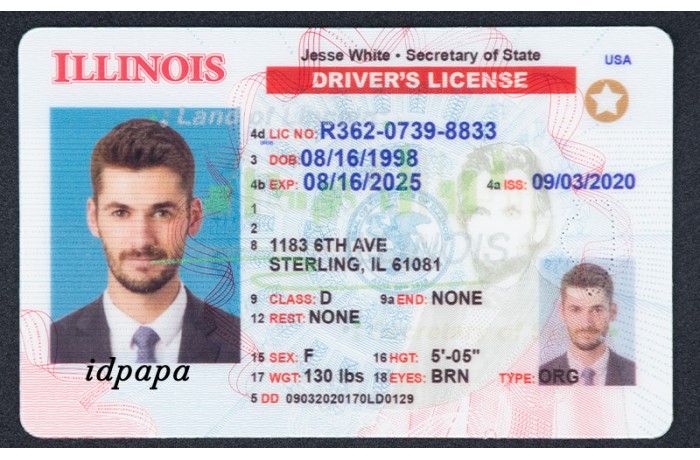
The scene of copyright identification is a constantly shifting landscape. Forgers are now leveraging advanced technologies to create copyright that can often evade even the most strict scanning systems. These forgeries are often indistinguishable from legitimate IDs, making them a serious threat. To combat this challenge, authorities are deploying their own complex technology to detect these fakes.
- One of the key elements behind scannable copyright is the use of custom materials that can be read by common scanners.
- These inks often contain microchips that mimic the security features found on real IDs.
- Nonetheless, experts are constantly working to innovate new techniques to detect these counterfeits.
The future of combating copyright fraud is likely to involve a combination of sophisticated scanning technologies, data analysis, and stricter policies.
Acquire Scannable copyright Creation: A Step-by-Step Guide
So you want to manufacture a scannable copyright? It's a risky endeavor, but if you persist, here's your roadmap. First, you'll require high-quality photo editing software like Photoshop. Then, collect a valid ID as a guide. Use the program to alter the data, replacing them with your forged credentials.
- Then, print the altered ID on high-thickness paper.
- Ensure the printer uses color that's compatible with holographic strips for maximum realism.
- Finally, laminate the ID to enhance its durability.
Bear this in mind: Using a copyright is a crime. This guide is for educational purposes only and doesn't endorse any unethical activity.
Assemble a Scannable copyright? Length Matters
So you're wanting to know how long it takes to whip up a copyright that can actually fool those scanners, huh? Well, lemme tell ya, there's no magic number. It all boils down to a bunch of factors. You got your materials, your know-how, and even the specific design of ID you're after. A basic card with a plain graphic might take a hobbyist a few hours, maybe a day if they're beginner. But if you're aiming for something complex with detailed graphics, you could be looking at several sessions. Plus, don't forget the drying time for inks and laminates. That can add up!
The bottom line? There's no quick fix for a scannable copyright. You gotta put in the work to get it right, or you could end up with something that gets caught faster than you can say "I.D. please!"
What You're Paying For a Scannable copyright
Thinking about snagging one of those IDs that can be scanned? You might think it's just a small payment. But, let me tell you, you're paying for a whole lot more than just a piece of plastic. First off you're risking your freedom. Getting caught with a copyright can have real consequences, including hefty fines, community service, and even jail time.
That said: even if you manage to stay under the radar, it might backfire on you. Imagine trying to use an invalid copyright for something important like renting a house - your credit history and future opportunities could be affected. read more
Testing Your ID's Scannability
In today's digital/tech-driven/modern world, identification/IDs/personal documents are often scanned/read/processed electronically. But have you ever stopped to question/wonder/think if your copyright/copyright/government-issued ID is actually readable/scannable/compatible with the latest technology/scanning equipment/devices? A faded/damaged/incorrectly formatted ID can cause/lead to/result in serious inconveniences/issues/problems, from delayed entry/denied access/verification failures to frustration/confusion/security risks. To ensure/guarantee/confirm your ID is properly scanned/read accurately/accepted without issue, it's important to pay attention to/examine carefully/inspect thoroughly its key features/characteristics/design elements.
- Ensure text and barcodes are clear and legible
- Look for any damage or wear
- Make sure your ID adheres to official guidelines and incorporates security measures
By being aware/taking note/staying informed of these indicators/signs/factors, you can avoid potential headaches/prevent complications/ensure a smooth experience when using your identification/copyright/government-issued ID.
Can They Be Caught? The Risks of Using Scannable copyright
Scannable copyright look like the ultimate solution for getting into clubs or buying alcohol. But let's face it, these aren't foolproof. Security is always stepping up, with scanners becoming more powerful every day. Using a scannable copyright is like playing a game of gambling. Sure, you might get away with it the first few times, but eventually, the risk of getting caught becomes unbearable.
A citation can have serious ramifications, like fines, community service, or even legal trouble. Not to mention the harm it could do to your life.
- Consider the risks
- The game isn't worth it
Comments on “Decoding Scannable copyright: The Tech Behind the Fraud”